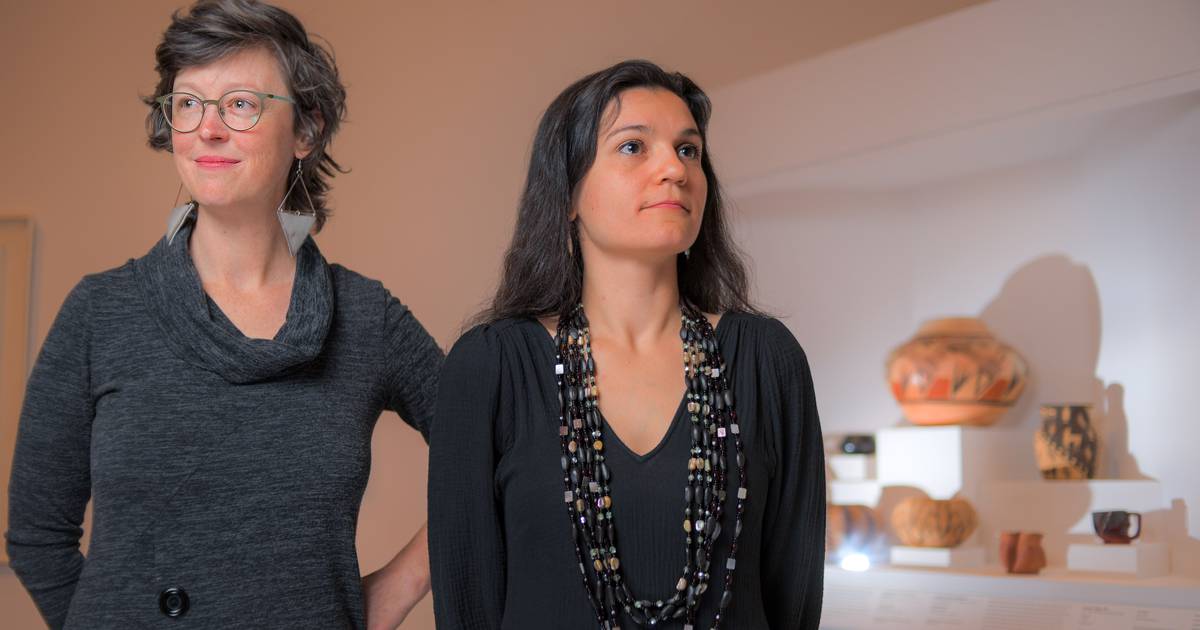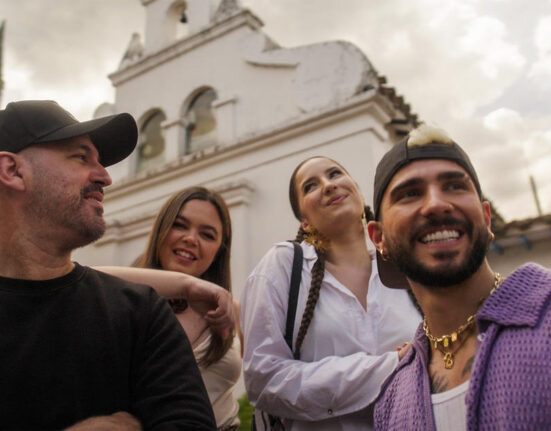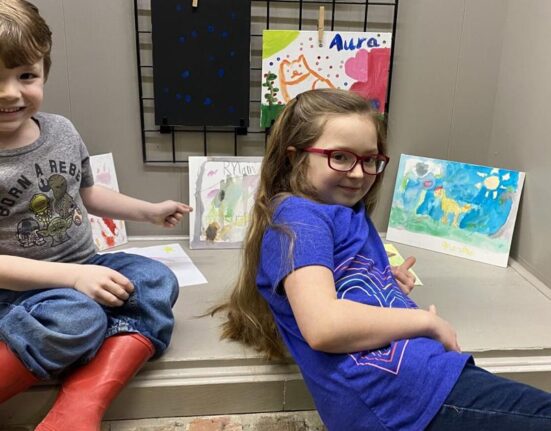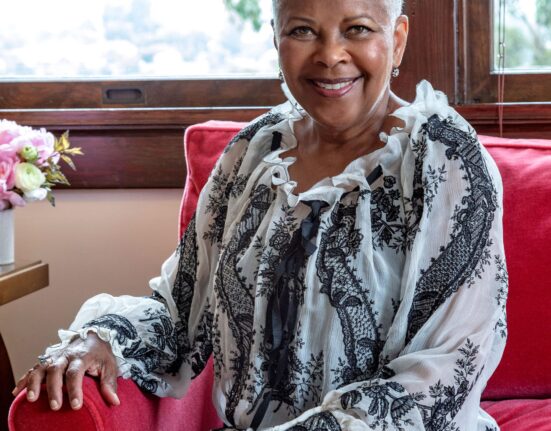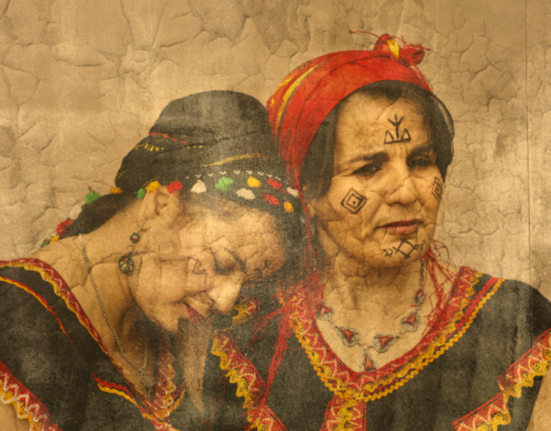The Baltimore Museum of Art will launch a series of exhibits next year that curators believe will be among the most comprehensive showcases of contemporary Native American art ever undertaken by a U.S. cultural institution.
“Preoccupied: Indigenizing the Museum,” which kicks off in April, will encompass nine exhibits of Native American art over 10 months. Some will be solo shows, while other exhibitions will feature a group of artists exploring a common theme. Quotes from Native American artists will be painted on the walls of the museum’s rotunda. A nontraditional exhibit catalog is planned that — in addition to scholarly essays — includes poetry, personal stories and comics that look at “Preoccupied” from an Indigenous people’s perspective.
And while the exhibits are temporary, other changes to the museum will be permanent. The informational panels accompanying about a dozen existing artworks at the BMA in which white artists depict Native American subjects will be updated to provide Indigenous people’s perspective. Also, the museum staff is undergoing decolonization training, a form of sensitivity training that focuses on attitudes toward Native American communities.
“We wanted to do something extraordinary that we hadn’t seen another museum do,” said Leila Grothe, the BMA’s associate curator of contemporary art, who is co-curating “Preoccupied” with Dare Turner, who recently left the BMA to become the Brooklyn Museum’s curator of Indigenous art.
“The more we talked, the more excited we got and the larger the vision became,” Grothe said. “We’re staggering the exhibits to showcase the incredible breadth of Native artists and to highlight the continuity over centuries between historic and contemporary artworks. Everyone is shocked that we’re taking on such an ambitious program.”
But “Preoccupied” is just one example of the way Indigenous artists have been bubbling up in the nation’s cultural consciousness.
In 2024, Native American painter Jeffrey Gibson will represent the U.S. at the Venice Biennale. Gibson, who is of Choctaw-Cherokee descent, is the first Indigenous artist to have a solo show at the international event commonly known as the “art world Olympics” — a development that potentially could boost the international market for Native American art.
In Washington, “The Land Carries Our Ancestors,” an exhibit of more than 50 Indigenous artists, is at The National Gallery of Art through Jan. 15.
Several Maryland theater companies, from Baltimore’s Everyman Theatre to Bethesda children’s troupe Imagination Stage, are incorporating into their curtain speeches and printed programs “land acknowledgment” statements recognizing the Indigenous tribes that previously occupied those places.
Baltimore Center Stage has taken that initiative a step further by opening a gallery of local Native American art in its lobby. The Indigenous Art Gallery “serves as a remember that Indigenous artists, art, and communities are not relics of the past, but living and thriving right here in Baltimore communities,” Estrellita Edwell, the theater’s civic programs manager, wrote in an email.
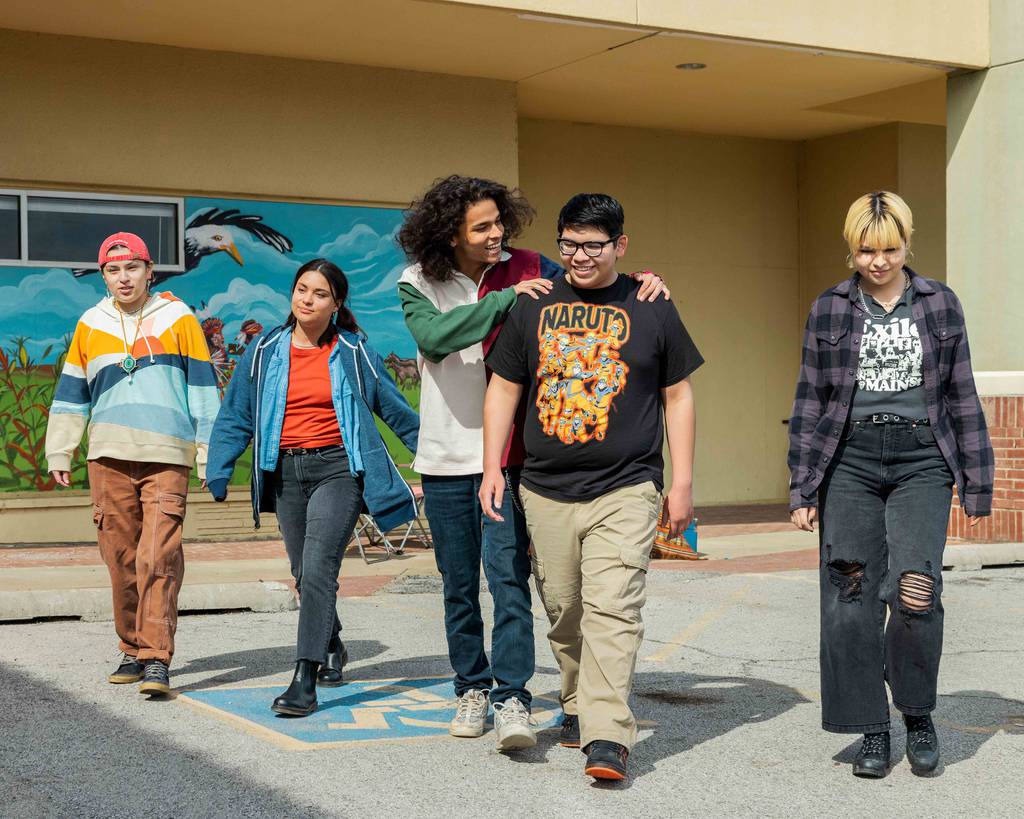
The FX television “Reservation Dogs,” about four Indigenous teens from Oklahoma, wrapped up its third and final season in September. The series was critically acclaimed and a breakthrough hit. And Martin Scorsese’s “Killers of the Flower Moon” about the murders of Osage Nation members in 1920s Oklahoma is in theaters now and generating Oscar buzz. The movie also is generating some pushback for telling the story of Native American genocide from the perspective of its white characters.
Indigenous people are hoping for further signs they are finally vanquishing a problem that’s plagued them for centuries — their obliteration from mainstream American society. One positive indicator, they said, is that many projects are happening outside the traditional Native American Heritage month of November.
“Native people feel that they have been made invisible,” Turner said. “It came up again and again and again in conversation with our 11-member Native advisory panel. This erasure has a huge impact on their lives. It affects their health.”
Turner grew up in California as a member of the Yurok Tribe. She recalled her mother’s fury when every student in her fourth grade class was assigned a project to construct a Spanish mission from sugar cubes — missions that played a major role in decimating the Native population in the U.S. between the 16th and 19th centuries.
“The missions were horrible places of trauma and violence and enforced assimilation, and my mother would not allow me and my brother to participate in that assignment,” Turner recalled. “Instead, we made a diorama of a Yurok village for the class that showed our people fashioning redwood canoes and smoking fish on the side of the river.”
According to the 2020 census, 1.6% of Maryland’s nearly 6.2 million residents — or roughly 99,000 people — identify themselves wholly or partly as Native American or Alaska Native.
Ryan Koons, a folklife specialist for the Maryland State Arts Council, thinks that Free State residents “are particularly likely to be unaware” of their Native neighbors, though he is at a loss to explain why.
It wasn’t until 2012, he said, that the state of Maryland formally recognized two major groups of Indigenous people native to Southern Maryland: the Piscataway Indian Nation and the Piscataway Conoy Tribe. Koons developed the Arts Council’s Land Acknowledgment Project to combat that cultural blindness.
“These statements are a way to make public histories that have too often been ignored,” he said. “But while a land acknowledgment statement is a great place to start, it can’t be the end. The big take-away is that we have to move beyond them.”
Turner pinpoints the cultural shift toward greater awareness to the “I” in the term BIPOC, an acronym for “Black, Indigenous and people of color.” BIPOC seems to have been used first in social media around 2013, according to an article in The New York Times, and became ubiquitous following the 2020 murder of George Floyd.
“Literally one letter opened eyes to the existence of a people that too often had been overlooked,” Turner said. “It was revolutionary.”
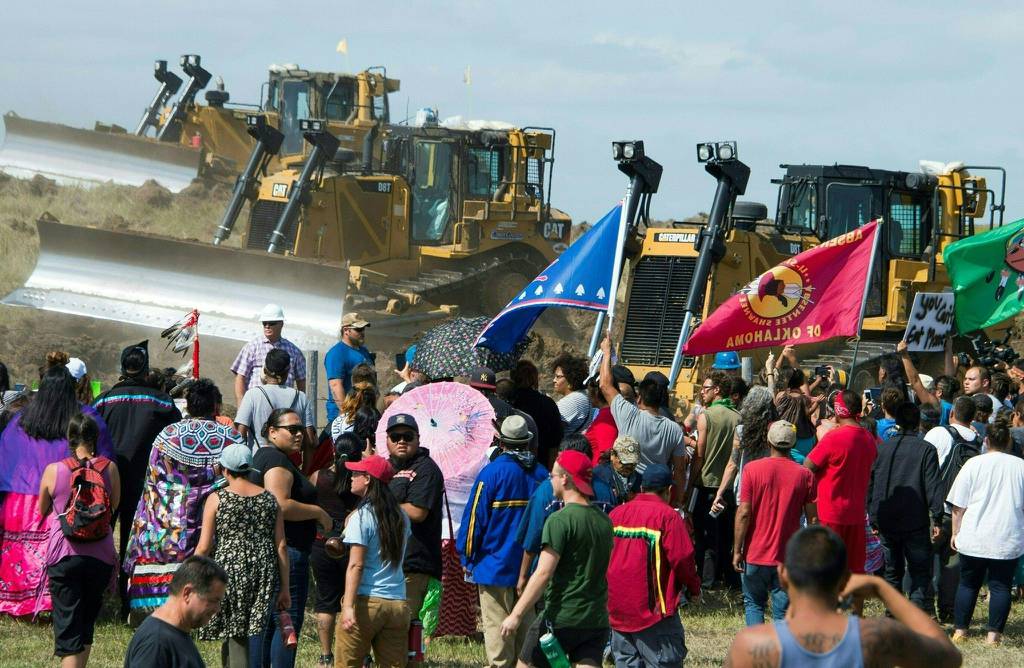
Mandy Yeahpau, communications director for the Oregon-based Native Arts and Cultures Foundation, said the 2016 Standing Rock protests in North Dakota were instrumental in awakening Native Americans to their nascent political power. About 200 tribes that had not worked with one another in more than 150 years won a series of victories after uniting to block the Dakota Access oil pipeline, which they feared would destroy ancestral burial grounds and poison the water supply.
Another landmark, said Yeahpau, who is of Comanche, Cherokee and Tarahumara descent, was the 2020 presidential election. The Indigenous people’s vote has been credited with turning Arizona from a red state to a blue one and helping Democrat Joe Biden eke out a victory over Republican Donald Trump.
Also in 2020 and following a decade of pressure from Native American groups, Washington’s football team officially dropped its 87-year-old “Redskins” name and logo. Now, the team is known as the “Commanders.”
“These things were monumental,” Yeahpau said.
“There are something like 500 federally recognized tribes, all with their own languages, all with their own culture. We banded together and learned how to create a movement.”

Weekend Watch
Weekly
Plan your weekend with our picks for the best events, restaurant and movie reviews, TV shows and more. Delivered every Thursday.
The increased recognition of Indigenous culture — and in particular the BMA’s “Preoccupied” exhibit — is a welcome development, even if it is long overdue, according to Louis Campbell, a member of the BMA’s Native American advisory panel.
“Anything that brings attention to Native life in Maryland is definitely something we want,” said Campbell, a member of North Carolina’s Lumbee Tribe who lives in Baltimore.
But he can’t help being troubled that of the 53 artists who will show their work at the museum over 10 months, just one — Mark Tayac, chief of the Piscataway Indian Nation — lives in Maryland.
“I just wish that more Native American artists were involved,” he said. “We have a really good community of Native artists in the Baltimore/Washington area.”
Grothe and Turner sympathize with Campbell’s frustration. They are planning supplemental programming around the exhibit series that will include local Indigenous drummers, dancers and storytellers. The curators pledged to look for ways to showcase Maryland’s Indigenous visual artists at the museum in the future.
“While we can’t do everything at once, we see this as a full-court press,” Grothe said. “This is our first big initiative.
“It won’t be our last.”

